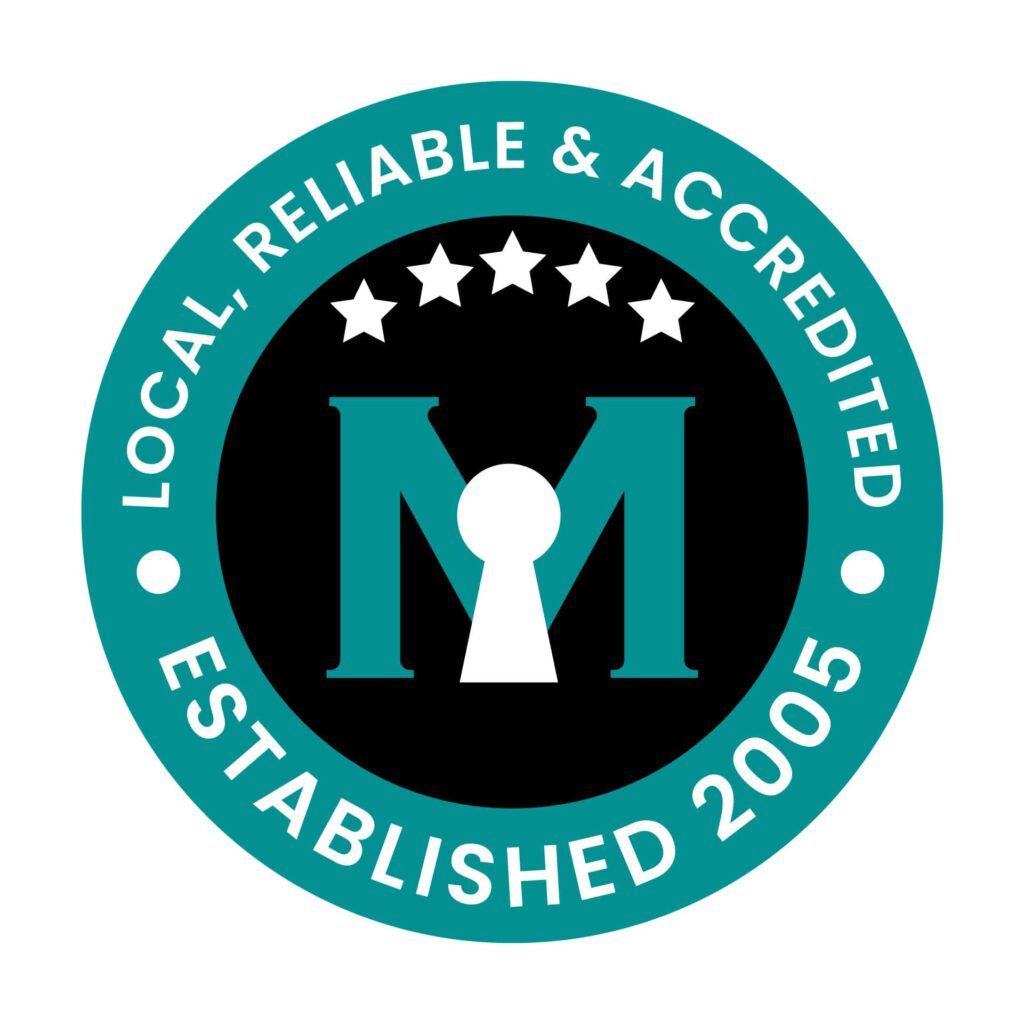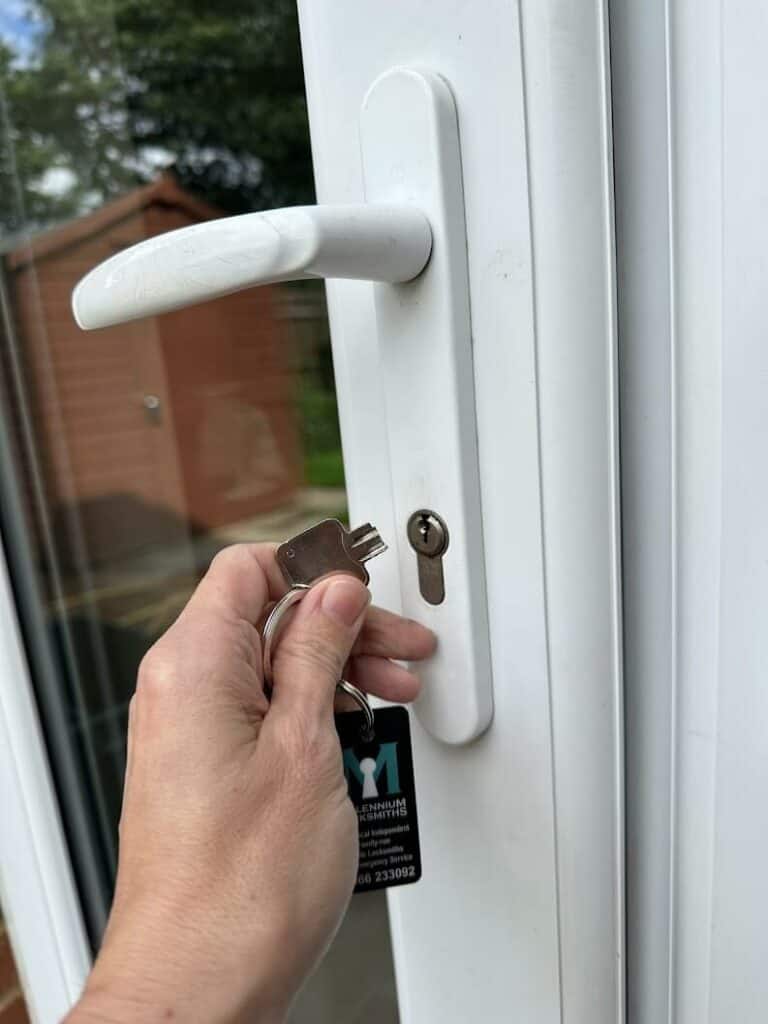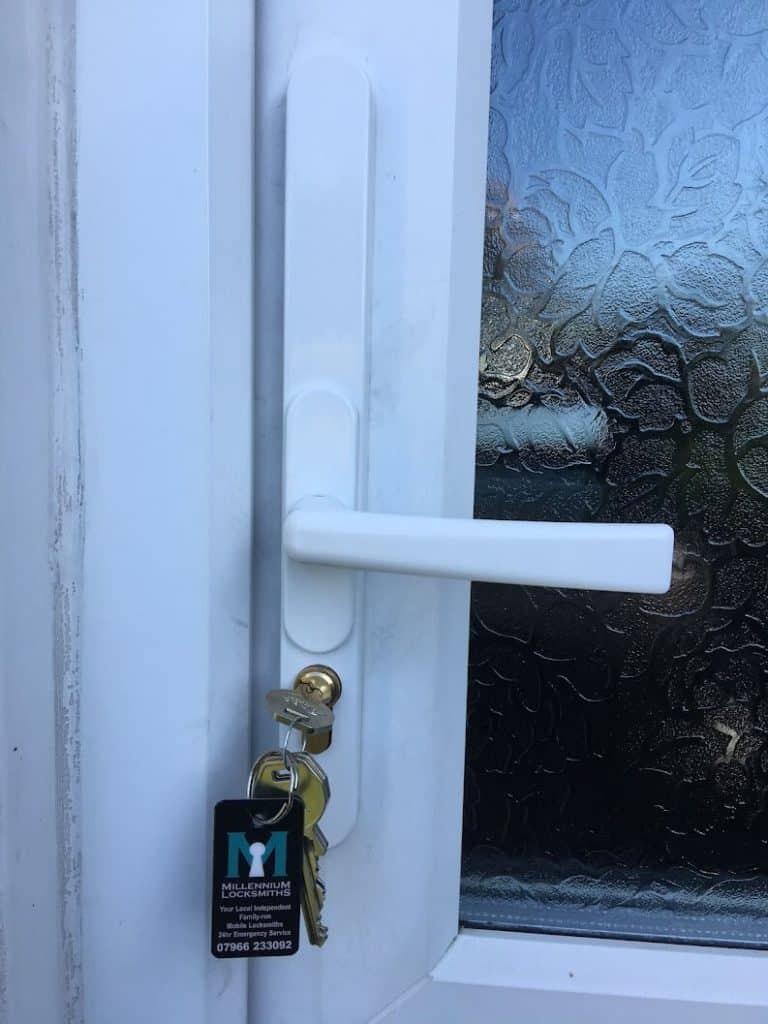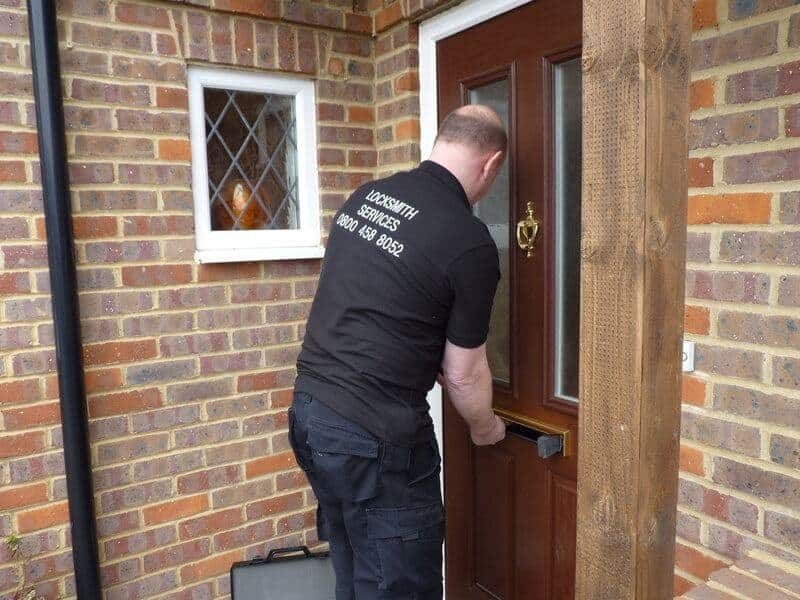Your home’s patio door offers a beautiful view of the outside world, but it’s also a potential entry point for intruders. Securing this vulnerable part of your home is crucial for maintaining the security and peace of mind your family deserves. Whether you are a DIY enthusiast looking to beef up your home security or a locksmith seeking detailed instructions, this guide will walk you through the process of fortifying your patio doors.
Table of Contents
How to Secure a Patio Door
A well-secured home is a sanctuary—a place where we should feel safe and protected. Patio doors, which often feature large glass panes and sturdy frames, are an attractive feature in any home, but their design can present security challenges. Burglars know this, and for this reason, a patio door can be an easy target for intrusion attempts. By implementing the right security measures, you can deter criminals and safeguard your home against unauthorised access.
Assessment of Current Security Measures
Before you tackle any upgrades, take stock of what’s already in place. Perform a detailed assessment of your existing patio door security, including examining the type and condition of the lock, the strength of the door frame, and the integrity of any additional security features you may have installed.
- Check for vulnerable spots: Look for any signs of wear or damage around the door and its immediate area, such as rotting wood, loose hinges, or broken glass.
- Test current locks: Operate the door locks to ensure they are functioning properly. Consider potential weaknesses such as outdated locks or those that do not extend into the door frame.
- Assess the visibility from the outside: Can someone easily see into your home through the patio door? Are there privacy or shading options that you could utilise?
Choosing Suitable Security Features
With your assessment complete, it’s time to consider the security features you’ll need to strengthen your patio door. There are several options to consider, each with its own advantages in specific situations.
Types of Locks:
- Multi-Point Locking System: This kind of locking system bolts the door into the frame at multiple points, distributing the force of an attempted break-in more effectively.
- Keyed Patio Door Locks: These are simple, but effective, requiring a key to open from either the inside or outside.
- Sliding Door Foot Locks: These are placed at the bottom of the door and can prevent it from being lifted off the track.
Security Devices:
- Security Bars: These are adjustable bars that can be placed in the track of the door to prevent it from sliding open.
- Charley Bar: A metal bar that is installed across the bottom of the door and can prevent the door from being opened.
- Glass-Break Detectors: These devices can alert you to an attempted break-in by detecting vibrations in the glass.
Installation Process
Once you’ve selected the appropriate security features, it’s time to install them. Proper installation is key to ensuring that your security enhancements work as intended. If you’re not confident in your DIY skills, consider hiring a professional for this step to guarantee a secure and accurate installation.
Step-by-Step Installation of Additional Locks:
- Gather your tools: You’ll likely need a screwdriver, measuring tape, and perhaps a drill, depending on the specific lock you’re installing.
- Read the manual: Understand the manufacturer’s instructions for the lock you’ve purchased, including any measurements you need to take for proper placement.
- Prepare the door: Ensure the area where you will install the lock or reinforcement is clean and free from any obstructions.
- Begin installation: Carefully follow the instructions to install the lock, making sure that the mechanism latches and unlatches smoothly without any resistance.
Reinforcing the Frame:
Do not overlook the importance of a strong door frame. Even the most robust lock is only as secure as the frame it’s installed in. Reinforce the frame by:
- Installing metal security strike plates that extend deep into the studs.
- Adding metal or wooden bars to the top or bottom of the door, providing additional support when locked.
Additional Security Tips
In addition to upgrading your door’s locking mechanisms, there are several complementary security measures you can implement to enhance the overall safety of your home. These include:
- Security Lighting: Motion-activated lights can startle potential intruders and make it easier to detect any suspicious activity.
- Surveillance Cameras: A visible security camera can act as a deterrent, and also provide valuable evidence in the event of a break-in.
- Alarms: Installing a security system with sensors on the patio door can alert you and the authorities to an attempted intrusion.
Maintenance and Testing
Security is not a one-time fix; it’s an ongoing process. Regular maintenance and testing of your patio door security features ensure that they will work when needed.
- Check all locks routinely: Test your locks and other security devices at least once a month to ensure they’re operating correctly.
- Inspect the door for wear or damage: If you notice any damage, address it promptly to maintain the door’s security integrity.
- Re-evaluate security needs: Safety standards and your home’s vulnerabilities may change over time. Re-evaluate your security measures as necessary.
Conclusion
Securing your patio door is an investment in your home’s security. By taking proactive steps to enhance this entry point, you can rest easier knowing that you’ve taken important measures to protect your family and belongings. Remember, secure home is a safe home, and every effort you make towards reinforcing your defences is worth it.







